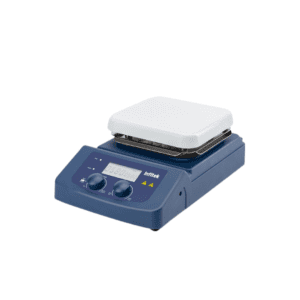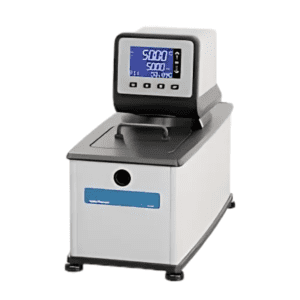Description
Laboratory baths are indispensable tools in scientific settings, providing controlled environments for heating or cooling samples during various experimental protocols. These devices ensure uniform temperature distribution, which is crucial for the reproducibility and accuracy of results.
There are several types of laboratory baths, each tailored to specific applications:
- Water Baths: Utilize heated water to incubate samples at temperatures up to 100°C. They are commonly employed for warming reagents, melting substrates, or incubating cell cultures. Water baths are preferred when uniform heating is required, and they offer a safer alternative to open flames for heating flammable chemicals.
- Oil Baths: Employ oil as the heating medium, allowing for higher temperature applications beyond 100°C. Oil baths provide more uniform heat compared to other heaters and are often used for reactions requiring elevated temperatures.
- Sand Baths: Consist of containers filled with sand that can be heated to desired temperatures. Sand baths are suitable for applications requiring gradual heating and are often used when a stable, high-temperature environment is needed.
- Shaking Water Baths: Combine the temperature control of a water bath with a shaking mechanism, facilitating the mixing of samples during incubation. These are particularly useful in microbiological practices where constant agitation is necessary.
When selecting a laboratory bath, it’s important to consider factors such as the required temperature range, the nature of the samples, and the specific needs of the experimental protocol. Regular maintenance, including cleaning and calibration, is essential to ensure the longevity and optimal performance of these instruments.
Incorporating the appropriate laboratory bath into experimental workflows enhances the reliability and efficiency of scientific research, ensuring that samples are maintained under optimal conditions throughout the investigative process.





